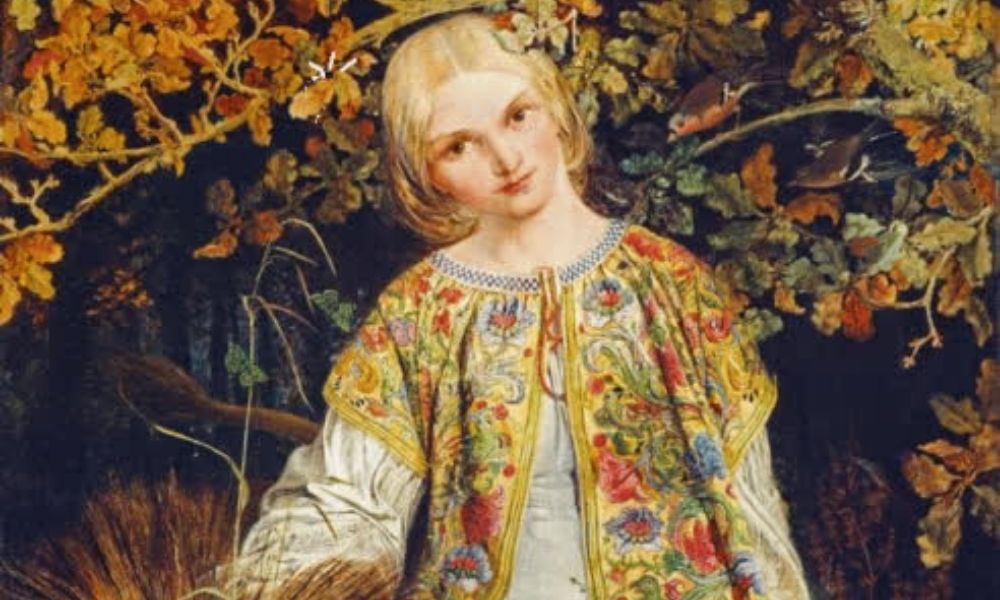Our final Open for Good post is from PhD student Eleanor Capaldi on collaborating with the Open Education Resources service to run a version of Stephanie (Charlie) Farley’s OER: Introduction to GIF making workshops. The workshops introduce copyright and open licensing through playful development of GIF making skills, and engage participants in using open licensed and public domain digitised artworks.
My first encounter with the Open Educational Resource (OER) service came about through a new phase of my PhD research. While investigating different uses of digitised images of art, I was strongly drawn towards their use as GIFs. In order to get a better sense of what happens during the GIF making process (as well as seeing how people interact with them afterwards) it was decided that holding some GIF making workshops would be an ideal method. The OER service were already experienced in this, having held GIF making workshops before, and the workshop leader Charlie Farley generously offered to lend her expertise and lead these to enable the research to take place.
The subjects of our GIF making workshops were drawn from out of copyright images from the Scottish Collections of the National Galleries of Scotland (NGS). The open licence aspect was key to the research going forward as without this an image couldn’t be used for this purpose. The selection process, beyond this criteria, involved considering artworks which might be recognisable or connect with audiences already (such as the Skating Minister or the Monarch of the Glen), those whose composition could lend themselves to becoming GIFs and those which could attempt to balance the gender of the represented artists (such as Margaret Macdonald Macintosh and Norah Neilson Gray).
For this reason, at one time I had been hoping to include additional female artists who would fit the bill, such as Joan Eardley, but unfortunately a good deal of artworks are still in copyright. Barriers such as this can be confusing when art collections belong to a nation, but when there are also limitations to the reality of that belonging. When visitors may not physically be able to visit the gallery (in a pandemic or otherwise), and rely on digital images as their way to view the artwork, flexibility and openness can allow for more than just seeing, but also remixing, remaking, and reimagining. There is always risk when opening up collections so fully. However, as the Rijksmuseum demonstrated, by opening up their collection to use by anyone, the gains in sharing and reaching audiences can be seen as, on balance, worth it.
The workshops allowed participants to gain a variety of skills in GIF making, from adding stickers and objects, to making parts of the paintings move. Participants commented on how much they enjoyed getting to spend time with the artworks, looking much more closely at them than they would otherwise. When the average amount of time spent with an artwork in a gallery can be seconds, to facilitate close looking for several hours makes quite a difference. As participants played with the artworks this put the art and their narratives in new lights, often creating entirely new stories around them.
In approaching art as a two-way process, whereby the artwork needs to be seen to be complete, creating a dialogue, open access can lead to a new depth of viewing, which can be enhanced by the specificities of the digital sphere, e.g. zooming in, zooming out, cutting and pasting, etc. The more artworks available, the more you can open up opportunities for people to not only see them, but connect with them. The supported environment of the workshops helped in this process, as did having a goal to work to, which included submission to the Europeana competition GIF It Up (an international GIF making competition).
While I had been aware that galleries and museums sought to make their artworks accessible, and was used to seeing popular artworks crop up across sites like Wikimedia, Charlie’s workshop guidance took my initial recognition of different kinds of copyright to a better level of understanding, as well as introducing some GIF making techniques and tools. While museums and galleries like the Rijksmuseum, the Met, and now the Louvre, open up their collections online, it can be easy to miss that not all access rights to all images are the same (Creative Commons Zero CC0 is your safest bet!).
Without open licensed images, this part of my research wouldn’t have been possible. The workshops, the results and the next stage – sharing the GIFs online to see their trajectories – are continuing in this spirit, opening up new questions and ideas as they go.
 Eleanor Capaldi
Eleanor Capaldi
Eleanor Capaldi is a writer/researcher interested in digital heritage and LGBTQ+ equalities. Previously, she held the post of LGBTQ+ Project Assistant at The Hunterian, co-curating exhibition Edwin Morgan: An Eardley on My Wall, and as Research Assistant on the project Embedding LGBT Equality in the Curriculum and Classroom. Currently, Eleanor is a PhD student researching digitised artworks, exploring how participatory methods, including making GIFs of art, can impact the experience of interacting with art online.


